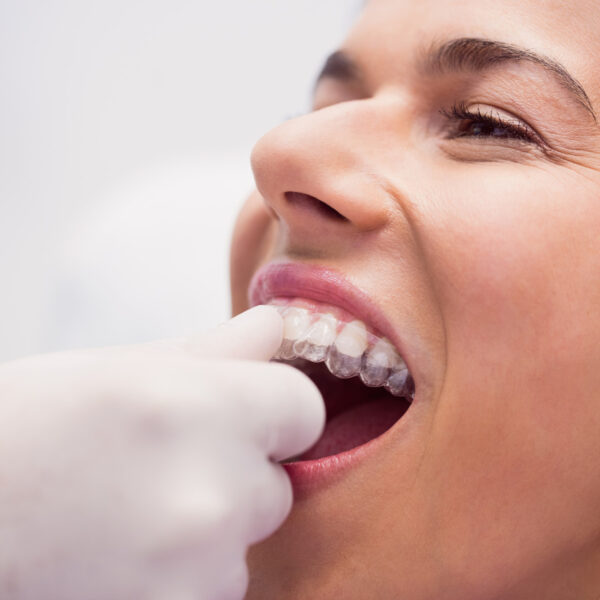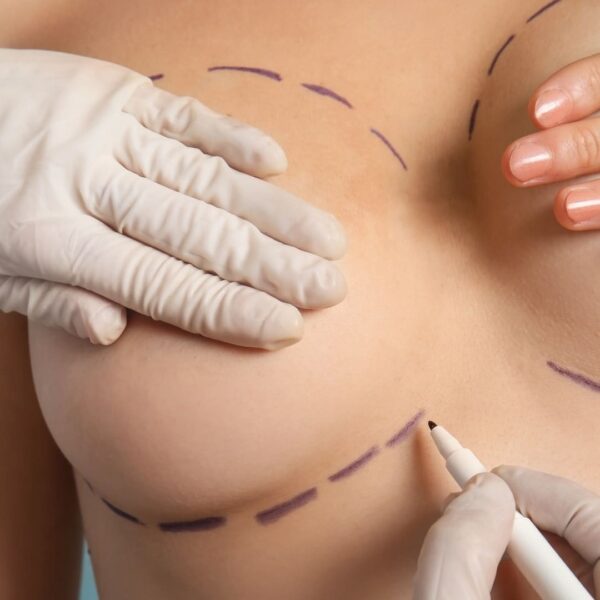
Facial acupuncture, a holistic practice rooted in traditional Chinese medicine (TCM), has garnered attention in recent years for its purported benefits in enhancing skin tone and texture. This ancient technique involves the insertion of fine, sterile needles into specific points on the face to stimulate circulation, promote collagen production, and rebalance energy flow within the body. Proponents of facial acupuncture claim that it can result in smoother skin, reduced fine lines and wrinkles, and a more radiant complexion without the need for invasive procedures or harsh chemicals.
The Mechanism Behind Facial Acupuncture
Facial acupuncture operates on the principles of TCM, which views the body as interconnected through pathways of energy known as meridians. By targeting acupoints on the face, acupuncturists aim to improve the flow of qi (pronounced “chee”), or vital energy, throughout the body. The needles used are extremely fine, causing minimal discomfort as they are inserted into strategic points that correspond to different organs and systems.
The stimulation of these acupoints is believed to have several physiological effects:
- Increased Blood Circulation: The insertion of needles helps to dilate blood vessels, improving blood flow to the face. This increased circulation delivers oxygen and nutrients to skin cells, promoting cell turnover and regeneration.
- Collagen Production: Acupuncture is thought to stimulate fibroblasts, cells responsible for producing collagen and elastin. These proteins are essential for maintaining skin elasticity and firmness, thereby reducing the appearance of wrinkles and fine lines.
- Muscle Relaxation: Tight facial muscles can contribute to wrinkles and tension lines. Acupuncture helps to relax these muscles, preventing the formation of new lines and smoothing out existing ones.
- Enhanced Lymphatic Drainage: By promoting lymphatic flow, acupuncture aids in the removal of toxins and waste products from the skin. This detoxification process can result in clearer, healthier-looking skin.
Clinical Evidence Supporting Facial Acupuncture
While much of the evidence supporting facial acupuncture’s benefits is anecdotal, some studies have begun to explore its potential efficacy:
- A study published in the Journal of Acupuncture and Meridian Studies found that facial acupuncture improved skin elasticity and moisture content after a series of treatments.
- Another clinical trial conducted at a renowned dermatology center reported a significant reduction in wrinkle depth and an improvement in skin tone among participants who underwent regular acupuncture sessions.
The Experience of Facial Acupuncture
During a facial acupuncture session, a licensed acupuncturist will conduct a thorough consultation to assess the client’s skin concerns and overall health. The treatment itself typically lasts between 30 to 60 minutes, during which the practitioner inserts the needles and may incorporate additional techniques such as gua sha or cupping to enhance results.
Patients often describe the sensation during acupuncture as minimal, with some reporting a mild tingling or warmth at the needle insertion points. Following the session, it’s common to experience a subtle flush to the skin, indicating improved circulation. Over time, as collagen production is stimulated and skin regeneration occurs, clients may notice a gradual improvement in skin tone, texture, and overall radiance.
Who Can Benefit from Facial Acupuncture?
Facial acupuncture is suitable for individuals looking to achieve natural, non-invasive rejuvenation of their skin. It can be particularly beneficial for:
- Those concerned about premature aging: Facial acupuncture addresses fine lines, wrinkles, and loss of elasticity, promoting a more youthful appearance.
- Individuals with sensitive skin: Unlike harsh chemical treatments, acupuncture is gentle and respects the skin’s natural balance.
- Anyone seeking a holistic approach: By aligning with TCM principles, facial acupuncture supports overall well-being, addressing both cosmetic concerns and underlying health imbalances.
The Role of Traditional Chinese Medicine (TCM) in Facial Acupuncture
Facial acupuncture draws heavily from Traditional Chinese Medicine (TCM) principles, where the balance of qi (vital energy) is believed to be essential for overall health and well-being. According to TCM, the face contains numerous acupoints connected to different organs and systems in the body. By stimulating these points, acupuncturists aim to restore harmony within the body, which reflects in improved skin tone and texture. This holistic approach not only addresses cosmetic concerns but also supports systemic health through the rebalancing of energy flow.
Comparing Facial Acupuncture with Other Cosmetic Procedures
Unlike invasive cosmetic procedures such as botox injections or chemical peels, facial acupuncture offers a natural alternative with minimal side effects. While botox temporarily paralyzes muscles to reduce wrinkles and peels chemically exfoliate the skin, acupuncture stimulates the body’s own healing mechanisms. This distinction makes facial acupuncture particularly attractive to individuals seeking gentle, non-invasive methods to rejuvenate their skin without the risks associated with surgical interventions.
Safety and Considerations in Facial Acupuncture
Facial acupuncture is generally safe when performed by a trained and licensed practitioner. The needles used are single-use, sterile, and very fine, minimizing the risk of infection or discomfort. However, individuals with certain medical conditions or pregnant women need to consult with their healthcare provider before undergoing acupuncture treatments. A thorough assessment by the acupuncturist before treatment helps ensure that it is appropriate and tailored to the client’s specific needs and concerns.
The Evolution of Facial Acupuncture in Modern Skincare Practices
In recent years, facial acupuncture has gained popularity not only as a cosmetic treatment but also as part of holistic skincare routines. Integrative wellness centers and spas offer customized acupuncture sessions that combine traditional techniques with modern skincare advancements. This evolution reflects a growing preference for natural, holistic approaches to beauty and wellness, where facial acupuncture stands out for its ability to enhance both external appearance and internal vitality.
Addressing Common Misconceptions about Facial Acupuncture
Despite its growing acceptance, facial acupuncture may still face misconceptions regarding its effectiveness and safety. Some skeptics question its ability to deliver noticeable results comparable to more invasive cosmetic procedures. However, anecdotal evidence and emerging research continue to support its benefits in improving skin tone, reducing wrinkles, and promoting overall skin health. By dispelling myths and educating the public about its proven benefits, facial acupuncture continues to establish itself as a credible option in the realm of natural skincare solutions.
Conclusion
Facial acupuncture offers a compelling alternative to conventional skincare treatments by harnessing the body’s innate healing abilities and promoting holistic wellness. Through targeted stimulation of acupoints on the face, this ancient practice aims not only to improve skin tone and texture but also to enhance overall vitality and radiance. While individual results may vary, many proponents of facial acupuncture attest to its transformative effects on their skin and well-being.









